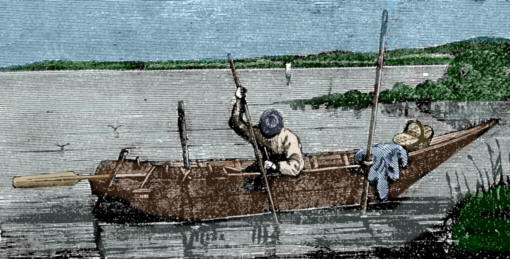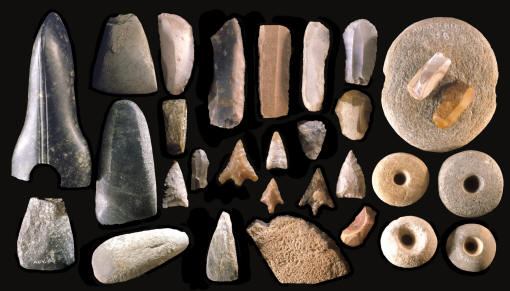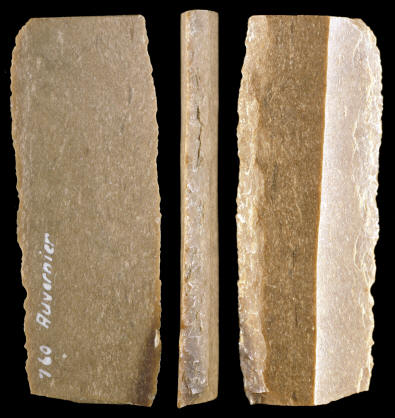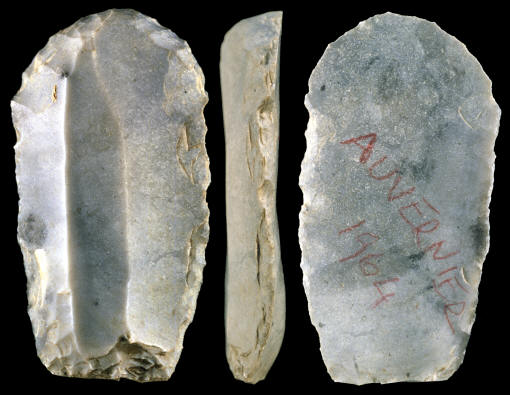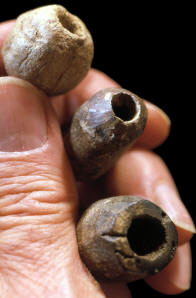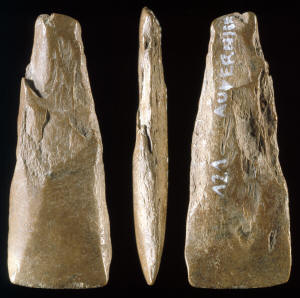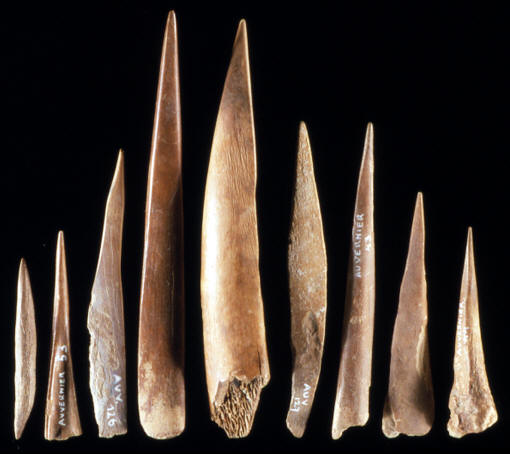|
|
|
This early period of excavation and published reports generated a wide interest in the study of ancient cultures. Although the excavation techniques were fairly crude, the fact that these were wetlands excavations also didn't make it easy. Some amateur collectors such as Jakob Messikommer, a local farmer, became professional researchers. In his case he was awarded an honorary doctorate by the University of Zurich for excavations and preservation of artifacts at the Robenhausen site on Lake Pfaffikon. |
|
|
|
|
By the end of the nineteenth century and the beginning of the twentieth century chronology began to be a main area of research. Scholars and researchers began to see a difference in the economy of different cultural groups. They were beginning to understand the differences between the Neolithic and the Bronze Age lake dwelling cultures. |
|
|
The argument that lake dweller houses were built over water or on dry land had been debated by scholars for more than a hundred years. It's only in the last couple of decades that enough evidence has been published that shows how complicated this issue is. Evidence for dry land construction can be found in the lenticular forms of clay deposits that have been excavated at different levels. They indicate the remains of hearths that were once located on dry land. So it's now accepted that many of the lake village sites were built on dry land when the water level was much lower. But evidence also shows that some lake dweller houses were build over water. Evidence of log foundation construction at the Late Bronze Age Village of Boschen on Lake Greifen suggest that the logs were floated into place. A report by Helen Lewis from a study of soil micromorphology samples taken from lake pile dwelling sites at Lake Luokesas in Lithuania also suggests that at least one of that lake's prehistoric pile dwelling settlements was initially constructed over open water. |
|
|
One of the main areas of advancement in the study of organic remains from lake dweller sites is the computerization of the science of dendrochronology. Well preserved lake sites can produce huge amounts of data just from objects made of wood. Dendrochronological dating has revolutionized the chronology of the Late Neolithic and Bronze Age periods in Europe. The time scale that has been assembled from wood core samples has made it possible to follow the year-by-year development of the timber structures of a settlement up to 6,000 years old. The wood from each structure can sometimes be dated to the year of construction. |
|
|
Many of the artifacts illustrated in this report were collected on the Auvernier site on Lake Neuchatel in western Switzerland. This site was first discovered and excavated as a result of road building construction. The project was funded by the contractors. Keller writes in 1866 that "An oak canoe, nearly thirty feet long, is laying at the bottom in the bay of Auvernier---." He also comments that, "The wattle-work which formed the covering or walls of the huts is laying on the bottom, and consists of poles from 2 to 2 1/2 inches thick, at a distance of 2 feet apart." |
|
|
The amount of artifacts recovered from lake sites seems almost unbelievable. For example, The Late Neolithic Swiss site of Saint-Blaise produced what has been described as "absolutely horrendous levels of cultural material." This site produced no less than 360 tons of stone, 400,000 animal bones, 22,000 worked pieces of greenstone, 18,000 flints, 8,500 flakes of wood and more than 3 tons of pottery. The excavation of a Late Bronze Age site at Cortaillod-Est., in the early 1980's, produced 150,000 potsherds, 1,000 bronze artifacts, 9,000 bone fragments, 95,000 pebbles and 2,200 wooden piles. |
|
|
The earliest Alpine lake village sites date to the Middle Neolithic period about 6,300 years ago and continue to the Late Bronze Age about 2,000 years ago. |
|
| CONTINUE ON TO PAGE THREE | |
|
"REFERENCES"
1866,
Keller, Ferdinand, "The Lake Dwellings Of Switzerland And Other
Parts Of Europe," p. 9, 153-155. |
|
